PPT-“The empire of the world…must be one, one faith and one kingdom. To make this unity
Author : kittie-lecroy | Published Date : 2018-10-26
Mehmed the conqueror Islamic Empires in Asia Chapter 18 Ottoman Empire Rise of the Ottomans Ghazis Warriors for Islam Anatolia Modern Day Turkey Osman the Ottomans
Presentation Embed Code
Download Presentation
Download Presentation The PPT/PDF document "“The empire of the world…must be one..." is the property of its rightful owner. Permission is granted to download and print the materials on this website for personal, non-commercial use only, and to display it on your personal computer provided you do not modify the materials and that you retain all copyright notices contained in the materials. By downloading content from our website, you accept the terms of this agreement.
“The empire of the world…must be one, one faith and one kingdom. To make this unity: Transcript
Download Rules Of Document
"“The empire of the world…must be one, one faith and one kingdom. To make this unity"The content belongs to its owner. You may download and print it for personal use, without modification, and keep all copyright notices. By downloading, you agree to these terms.
Related Documents

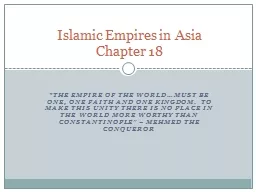
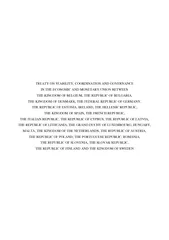
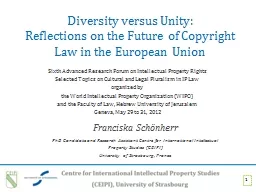
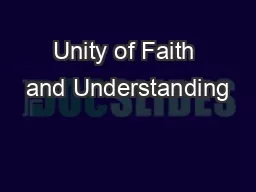
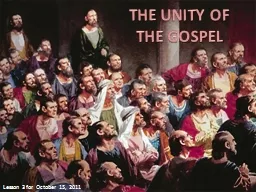
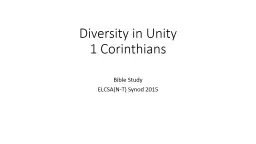
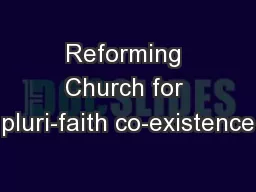
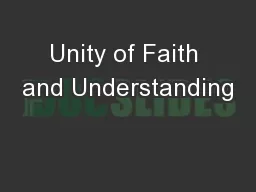
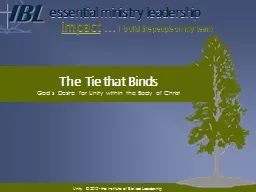



![[READ]-How to make a Unity Neglected Inflation Clicker Game for smartphones Lecture Unity](https://thumbs.docslides.com/981726/read-how-to-make-a-unity-neglected-inflation-clicker-game-for-smartphones-lecture-unity-nyumon-no-mori-game-no-tukurikata-unity-nyumon-no-mori-series-japanese-edition.jpg)
